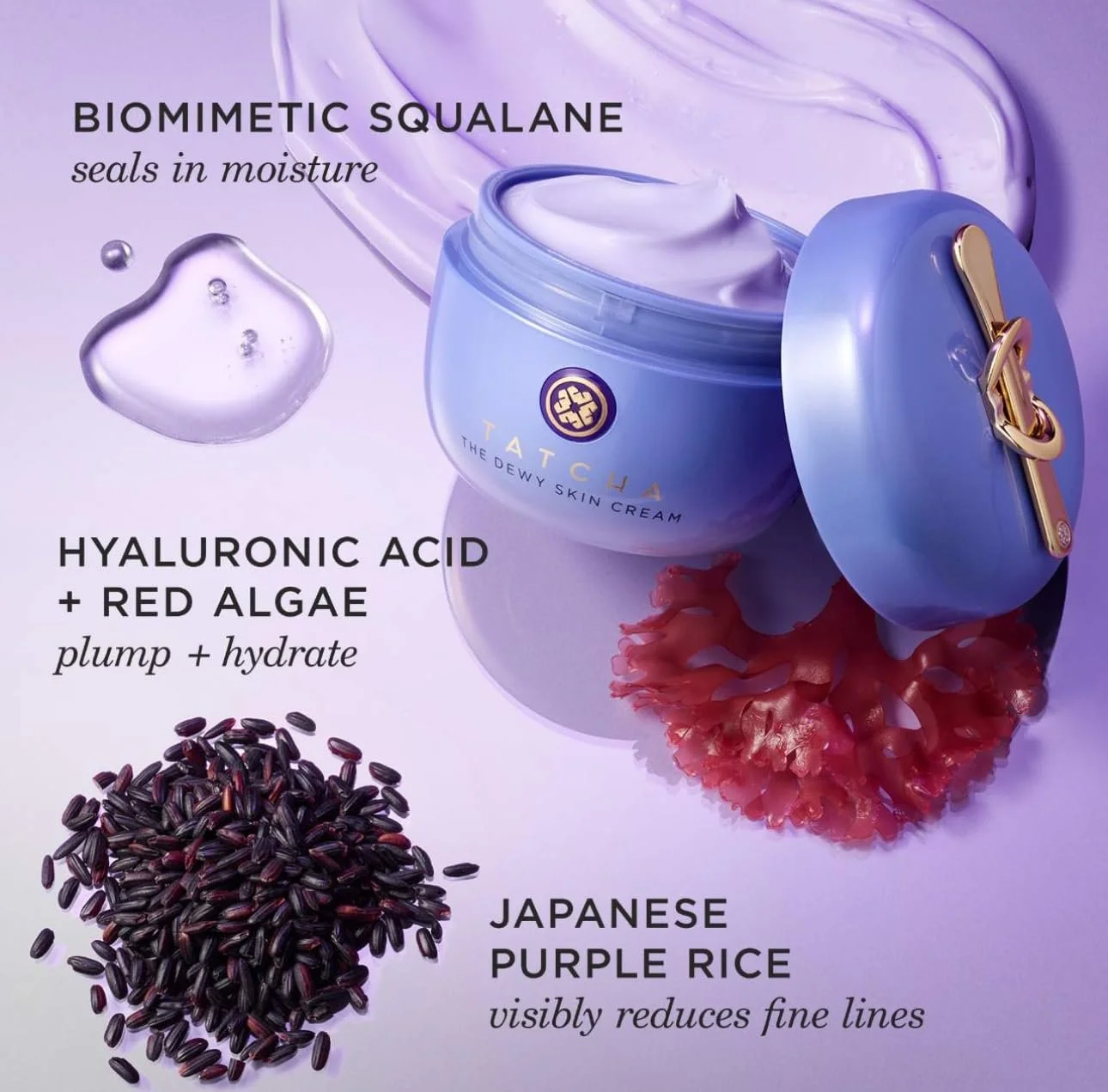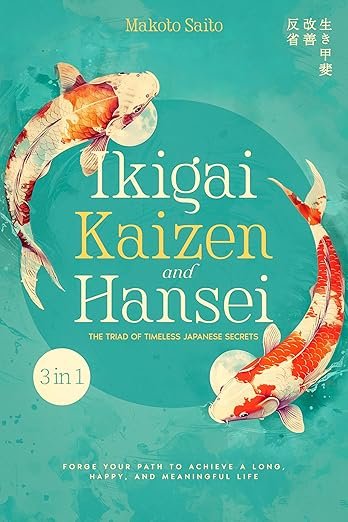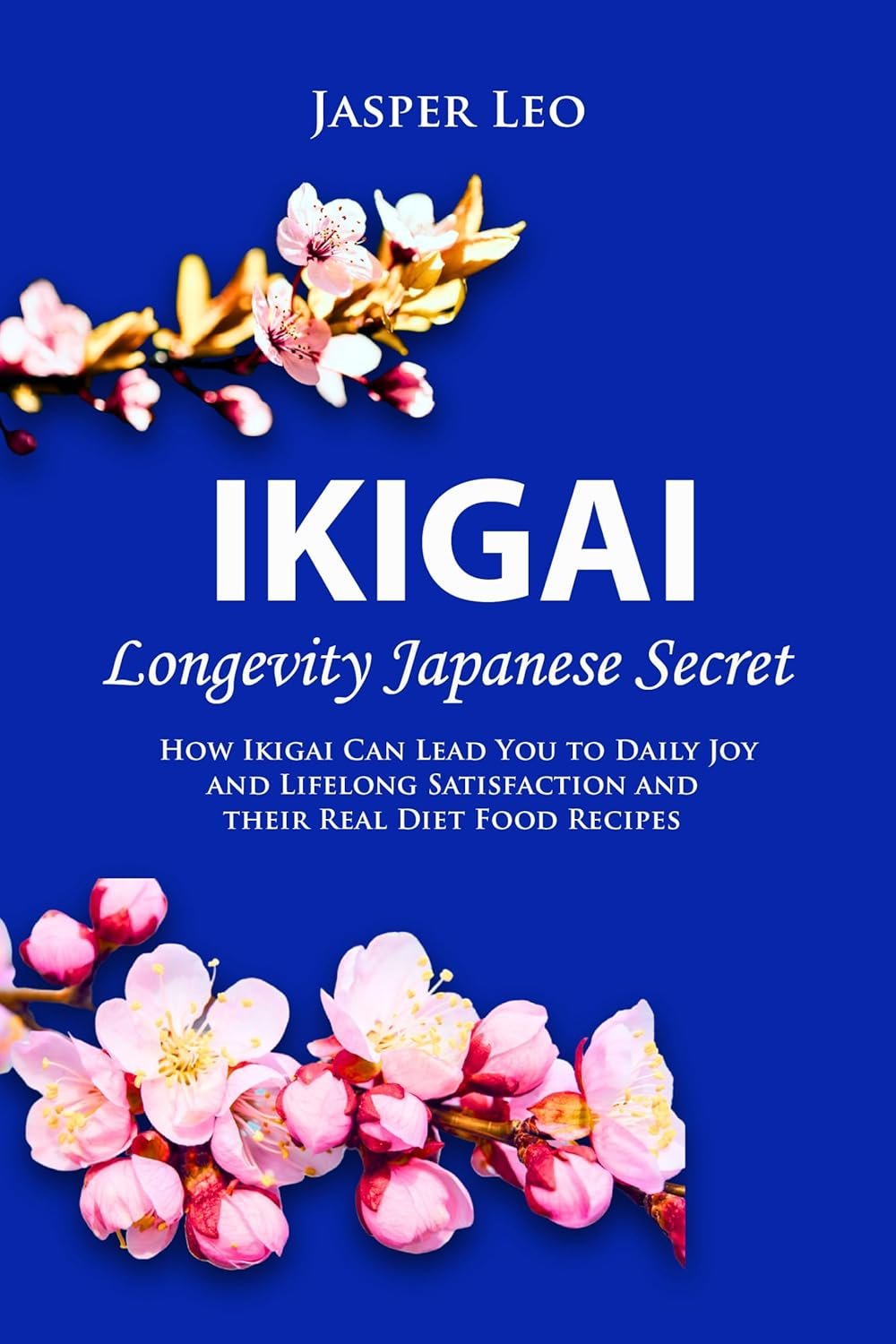How Japan Celebrates Aging Women with Respect and Rituals.
Aging is often painted as something to fear, but in Japan, it’s a badge of honor. While other cultures obsess over youth like it’s the holy grail, Japan takes a different approach: they see aging as a natural, beautiful, and deeply respected part of life. For women, in particular, growing older is celebrated with rituals, traditions, and a deep sense of reverence. Let’s dive into the heart of this cultural appreciation for aging women and see what we can learn from Japan’s graceful embrace of longevity.
The Cultural Roots: Respect for Aging in Japan
At the core of Japan’s respect for aging is the philosophy of "wabi-sabi"—the art of finding beauty in imperfection and transience. Wrinkles, silver hair, and wisdom aren’t flaws; they’re milestones. In Japanese society, aging is tied to concepts of:
Wisdom and Experience
Older women are seen as the keepers of knowledge, life experience, and family traditions. Rather than fading into the background, they often take on the roles of mentors, advisors, and storytellers.Interdependence
Japanese culture values the collective over the individual. Elders, including aging women, are integral to the family and community structure. Their contributions are honored and their presence respected.Confucian Values
Japan’s traditions are rooted in Confucianism, which emphasizes filial piety (respect for one’s elders) as a core virtue. This respect extends beyond immediate family, shaping how society as a whole views aging women.
Celebrations and Rituals for Aging Women
Japan doesn’t just respect aging; they throw in a little ceremony, too. Here are some of the ways they celebrate:
1. Kanreki: The 60th Birthday
Turning 60 in Japan is a big deal—it’s called Kanreki, which marks the completion of one cycle in the zodiac calendar and the beginning of a new one.
Why It’s Important: Kanreki symbolizes rebirth. It’s like hitting the reset button on life, but with all the wisdom you’ve gained so far.
The Rituals: Family and friends gather for a celebration, often dressing the honoree in red (symbolizing vitality). It’s a joyful acknowledgment of the milestone and the promise of new beginnings.
2. Keiro no Hi: Respect for the Aged Day
Every September, Japan dedicates a national holiday to honor and celebrate elders, including aging women.
Why It’s Important: It’s a chance for younger generations to express gratitude and admiration for their elders' contributions to family and society.
The Rituals: Families visit elderly relatives, communities hold celebratory events, and gifts are given—ranging from flowers to practical items that make life easier.
3. Obon Festival
Obon is a time to honor deceased ancestors, but it’s also an opportunity for aging women to reflect on their role as matriarchs of the family.
Why It’s Important: It strengthens the connection between generations, with older women often taking the lead in organizing rituals.
Longevity in Japan: What’s the Secret?
Japanese women hold some of the highest longevity rates in the world. What’s their secret sauce? It’s a combination of lifestyle, mindset, and cultural values.
1. The Diet
The traditional Japanese diet is a powerhouse of health:
Fresh and Seasonal Foods: Think fish, rice, seaweed, tofu, and miso—light, nutrient-dense, and low in processed junk.
Portion Control: Hara hachi bu, or “eat until you’re 80% full,” prevents overeating and promotes longevity.
2. Movement is Life
Japanese women stay active well into old age, often engaging in gentle exercises like tai chi, gardening, or simply walking. Movement isn’t just about fitness—it’s a way of life.
3. Social Bonds
Isolation is rare in Japan. Aging women remain deeply connected to their communities and families. Studies show that strong social ties significantly contribute to longevity and happiness.
4. Ikigai
The Japanese concept of ikigai, or “reason for being,” gives purpose to life at every stage. For aging women, this might mean caring for grandchildren, mastering a hobby, or simply enjoying life’s simple pleasures.
Aging with Grace: Lessons We Can Learn
So, what can the rest of us take away from Japan’s approach to aging women? Here’s a cheat sheet:
1. Celebrate Milestones
Instead of dreading birthdays, why not celebrate them as a triumph? Every year is a gift—and let’s be honest, you’ve earned that cake.
2. Stay Connected
Nurture relationships with family, friends, and your community. Aging is easier (and a lot more fun) when you’re surrounded by love and laughter.
3. Find Your Purpose
Your ikigai doesn’t have to be grand. It could be as simple as enjoying morning coffee or learning something new. Purpose keeps the spirit alive.
4. Take Care of Yourself
Prioritize your health—physically, mentally, and emotionally. Channel your inner Japanese grandmother and load up on veggies, fresh fish, and green tea.
5. Embrace the Beauty of Aging
Wrinkles tell your story. Gray hair is your crown. Instead of fighting aging, celebrate it. You’ve earned every line, every laugh, and every silver strand.
Final Thoughts: A Midlife Renaissance
In Japan, aging women aren’t overlooked; they’re cherished. Their wisdom is valued, their presence celebrated, and their lives honored with rituals and respect. It’s a refreshing perspective, one that reminds us to embrace the beauty, joy, and power of growing older.
So, the next time you spot a new wrinkle or feel a little creaky, channel the Japanese approach: celebrate the life you’ve lived, the lessons you’ve learned, and the adventures still to come. After all, aging isn’t the end—it’s the start of a new chapter. And who knows? It might just be the best one yet.
Purchases made on this site may result in a commission.







